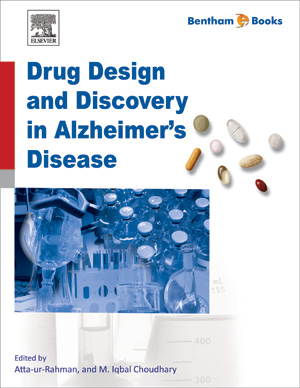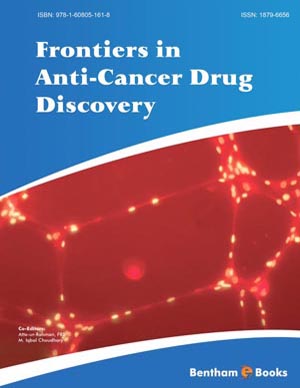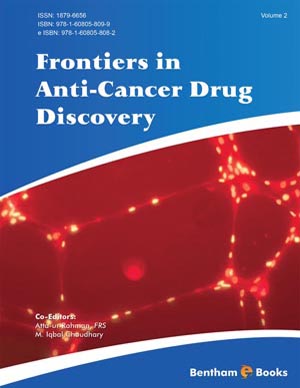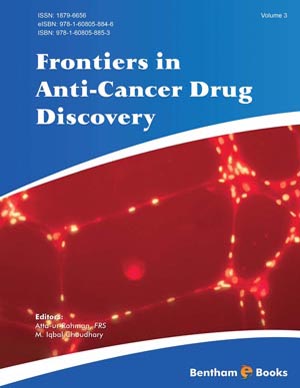Abstract
Obesity is currently recognized as an epidemic and one of the most important health problems worldwide. World Health Organization data indicates that in developing countries, obesity in adults is more frequent than malnutrition. More than 1.9 billion adults are overweight, with 650 million of these being obese. More than 200 million school-aged children are overweight, making this generation more likely to have a shorter productive life and life expectancy than their parents. This portion of the population has a greatly increased risk of developing cardiovascular disease, diabetes, dyslipidemia, hypertension, hepatic steatosis, certain types of tumor and infertility, negatively impacting their quality of life. Obesity can be prevented and is treatable with the adoption of a healthy and appropriate diet, and with regular physical exercise. However,lifestyle modification therapy for the obese population remains unsatisfactory. In addition, it is important to emphasize that obesity treatment presents better results when accompanied by a multidisciplinary team, using diet therapy, prescribed physical exercise, psychotherapy and drug therapy, according to the needs of each patient. Obesity is a multifactorial, complex, chronic and relapsing disease involving gene-environment interaction and should therefore be treated with a systemic and ecological approach. This is because many roles of intestinal microbiota in human health have recently been discovered, mainly in relation to weight gain or loss. Additionally, recent studies suggest that human gut microbiota may contribute to the regulation of multiple neurochemical and neurometabolic pathways through complex systems that interact and interconnect the gastrointestinal tract, skin, liver, and other organs, such as the central nervous system. The brain and intestine form a complex nervous, endocrine and immune bidirectional communication axis, involving neurotransmitters and neuromodulators. Changes in one organ will affect other organs, and disturbances in the composition and number of intestinal microorganisms can affect the enteric and central nervous systems. Alterations in intestinal microbiota may increase intestinal barrier permeability, raising the risk of developing chronic diseases, like obesity. Furthermore, the imbalance between gut microbiota and its host leads to dysbiosis, which, in turn, contributes to the establishment of an inflammatory and oxidative process, impaired glucose metabolism, insulin resistance, obesity, increased risk of developing of metabolic syndrome, type 2 diabetes, inflammatory bowel, autoimmune diseases, and cancers. Studies have shown that less-industrialized populations, such as those in Africa, present a more diversified gut microbiota that is richer in terms of bacterial genera, which encode enzymes that hydrolyze cellulose and xylan. This finding suggests these individuals have a fiber-rich diet, a different situation from industrialized populations who obtain energy from an ultra-processed diet, rich in fats, salt, sugars and preservatives, and who present a high prevalence of obesity and other chronic diseases. In this sense, it is fundamental to reflect on what type of anti-obesity drug should be developed to treat this pathology, as most of these drugs act on the central nervous system and, therefore, interfere in communication between the brain and intestine. It is important to develop an anti-obesity drug that acts not only on appetite control and on increased satiety, but also engages with and is friendly to intestinal microbiota, via increased diversity of this ecosystem, decreased fat storage and chronic oxidation inflammation, and correct modulation of the immune system. Nonetheless, we must not forget that obesity is a complex and multifactorial disease, and that its drug treatment must be combined with a healthy and adequate diet, physical exercise and cognitive-behavioral therapy. Within this context, this chapter aims to promote reflection around this theme and to provide the theoretical foundation for development of the next generation of anti-obesogenic drugs.
Keywords: Anti-Obesity Agents, Appetite Depressants, Diet, Drug Effects, Drug Interactions, Drug Therapy, Gastrointestinal Microbiome, Microbiota, Metabolic Side Effects of Drugs and Substances, Obesity, Physiological Effects of Drugs, Reducing.






















